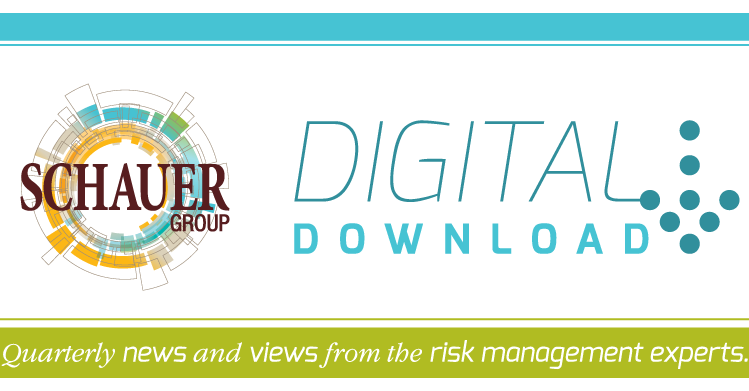Many business owners assume that their business is too small to be threatened by employee theft, or that all of the employees are honest and loyal. As a result, many businesses only take a passive approach to prevent fraud—responding to incidents of theft only when external sources, such as a tip from a coworker or police investigations, bring them to the company’s attention. However, investigations into employee theft clearly indicate that it occurs much more frequently than employees realize. By taking a few simple steps to ensure honest work practices, you can substantially reduce your risk.
Commonly Overlooked Theft Exposures
Employee fraud is a risk that businesses of all sizes need to take seriously. In a recent survey, the Association of Certified Fraud Examiners (ACFE) estimated that the annual global loss due to employee theft is approximately $3.7 trillion.
Though you may think that the majority of losses from employee theft occur at large corporations, the opposite is true. Approximately 80 percent of all cases of fraud occur at businesses with fewer than 100 employees, and 50 percent of cases occur at businesses with fewer than 25.
Small businesses can have increased exposures to acts of employee fraud because they often don’t have adequate safeguards in place. For example, a business where a single employee is responsible for accounting is a much easier target than another business with an entire accounting team.
Even when business owners see their employees as a tightly knit team, they are still a considerable risk to your business. The ACFE found that long-term employees are more likely to steal from a business than new hires—making your long-term employees a larger exposure than you might realize. Additionally, only 5 percent of employees who commit fraud have been convicted of a similar incident in the past. As a result, you can’t rely on background checks or your employees’ work history to protect against theft.
You may hesitate to label your employees as a significant risk to your business—and certainly most, if not all of them, have your best interests in mind. However, you can’t afford to ignore such a significant risk. The ACFE estimates that 58 percent of businesses have no recovery of losses after a case of employee fraud, and a large financial loss could devastate your business.
Covering the Common Exposures
Since the loss during even a single instance of employee theft can be devastating, it’s vital to take a proactive approach and implement strategies that cover your exposures and deter would-be thieves. The most effective strategies are based on common theft exposures in order to cover the largest risks. In its survey, the ACFE found the following three common exposures:
- A lack of internal controls to deter theft
- A lack of consistent internal reviews
- The possibility for an employee to override existing internal controls
Based on these findings there are a number of simple, effective strategies that you can use to deter thieves, reduce your business’s losses and maintain a positive workplace:
- Employee support programs: When an employee steals from his or her workplace, some of the biggest motivating factors are financial and emotional stress. Formal or informal support programs can help employees identify other resources to rely on during a period of hardship.
- Management review: A simple review of a business’s day-to-day activities can help identify exposure areas. For example, management should regularly ensure that these simple policies are followed:
- Require two signatures on checks.
- Review the payroll every quarter.
- Retain and store accurate records of all sales, inventory checks and financial and bank statements.
- Unannounced audits: A random audit can uncover an instance of employee fraud or inefficient work practices. These audits should not unduly target any employee and should be conducted by at least two individuals.
- Proactive data monitoring and analysis: Many instances of fraud can be caught early if suspicious actions are identified and analyzed. According to the ACFE, businesses that use proactive data monitoring reduce the losses attributed to employee theft by nearly 60 percent. Data monitoring could be as easy as establishing certain red flags—such as a large financial transfer or the unexplained absence of inventory—that would automatically be sent to management for review.
- Employee hotline: Establishing an anonymous employee hotline can help you discover thefts earlier and limit your losses. You may have employees who are aware of wrongdoing but remain silent in order to protect their identity.
Don’t Face This Risk Alone
It can be difficult to know how to react if you ever find that an employee has stolen from you. However, you don’t have to face employee theft on your own.
The experts at Schauer Group can help you react quickly and decisively to fraud. Additionally, we can help you purchase an employee theft insurance policy, contact legal counsel and provide you with additional resources to protect your business from theft.






